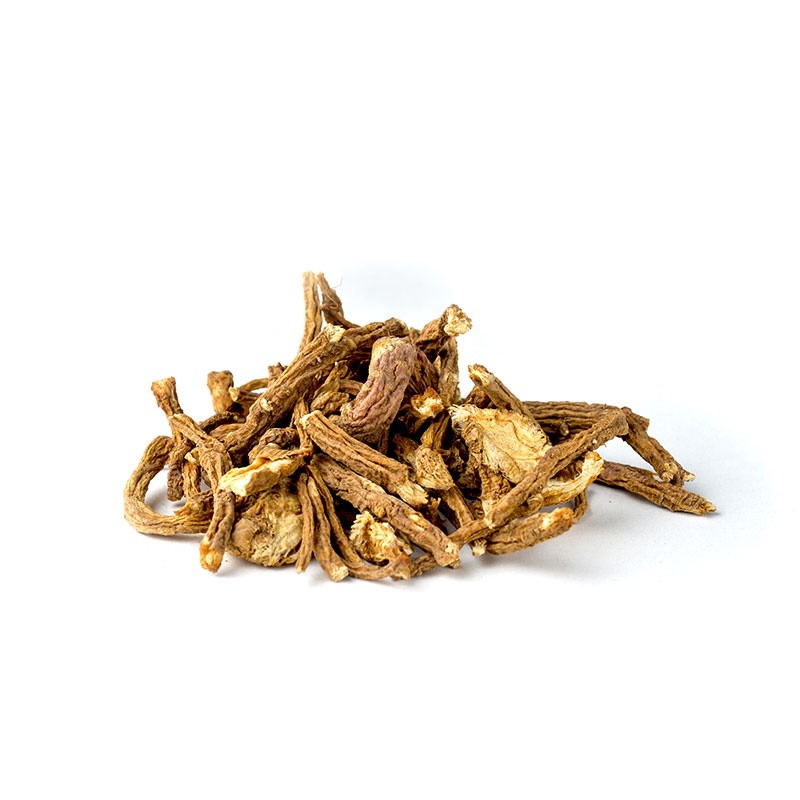Description
Other Details
Reviews
Other customers also viewed
Agrimony (Agrimonia eupatoria)
1,25€
2,00€
Orig. Retail Price: 2,00€ -37.5%
Low. Price last 30 days: 1,25€ 0%
Agar Agar Organic (powder)
6,17€
6,50€
Orig. Retail Price: 6,50€ -5.08%
Low. Price last 30 days: 6,17€ 0%
Quackgrass (Elymus repens)
1,90€
2,00€
Orig. Retail Price: 2,00€ -5%
Low. Price last 30 days: 1,90€ 0%
Marshmallow (Althaea officinalis)
2,85€
3,00€
Orig. Retail Price: 3,00€ -5%
Low. Price last 30 days: 2,85€ 0%





